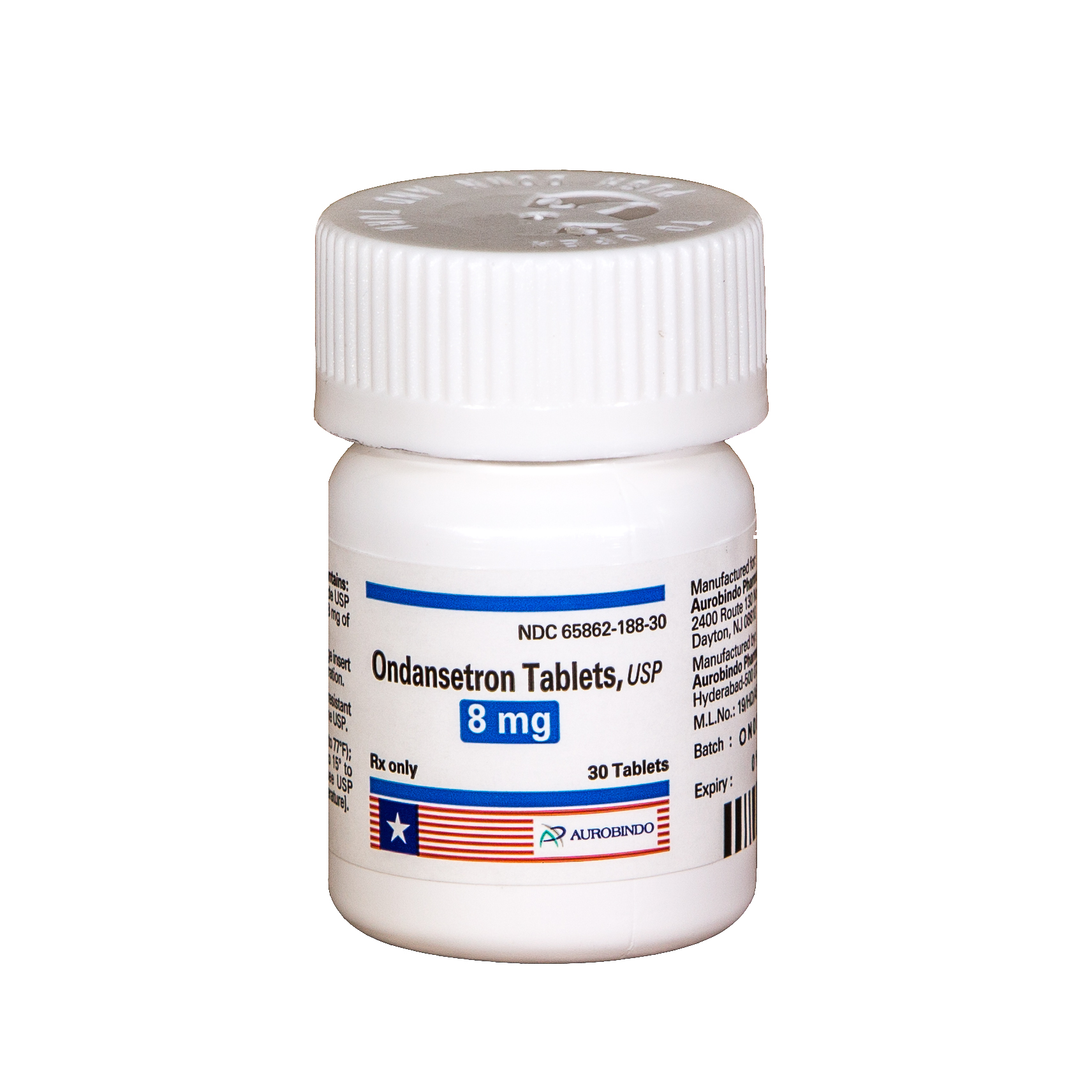Answer: Ondansetron is a serotonin 5-HT3 receptor antagonist. Ondansetron is given as a treatment for nausea and vomiting.
Nausea is a generalized feeling of illness that often precedes emesis, or vomiting. Emesis itself is an adaptive mechanism that is protective, maintained through evolution to allow the body to remove toxic substances from the stomach. In some cases, surgical anesthetic and chemotherapy drugs can induce the sensations of nausea and may therefore elicit vomiting.
Ondansetron, or Zofran, is a drug that functions as an anti-emetic. The drug itself is effective for chemotherapy or nausea following surgery, but is not effective for vomiting as a consequence of motion sickness. The drug itself is on the World Health Organization’s List of Essential Medicines. The most common route of administration for ondansetron is orally, through one of a handful of preparations include tablets, a dissolving tablet (Zofran ODT), or an oral solubility strip (Zuplenz).
Ondansetron works by acting as an antagonist at serotonin 5-HT3 receptors in a specific region of the brian, the chemoreceptor trigger zone. Additionally, ondansetron acts at cells in the gastrointestinal tract. Locally, within the gut, the 5-HT3 receptors are essential for allowing our bodies to detect the presence of toxins that we have ingested. A wide variety of toxins interact with serotonin receptors. The vast majority of serotonin in the body is in the enterochromaffin cells in the gastrointestinal tract, with only 5% in the brain (Serotonin in the gut: Blessing or a curse). Activation of the 5-HT3 receptors, either through gastrointestinal activity or in the chemoreceptor trigger zone in the brain stem lead to emesis, which helps the body expel poisons.
Although ondansetron is useful for treating these types of nausea, motion sickness nausea is mediated by a different neural circuit. The nausea that originates from motion sickness derives from signals coming from the vestibular system, which predominantly signals using acetylcholine rather than serotonin.
Side Effects
Ondansetron can produce a variety of undesirable side effects. Headache is the most prominent side effect (Ondansetron-induced migraine-type headache) . Confusion and dizziness can also occur.
One of the most concerning side effects of ondansetron treatment is a change in cardiovascular properties. Ondansetron can increase the duration of the QT period in the EKG. An elevated QT period may increase the risk that a person experiences tachycardia, an elevation in heart rate. This rapid heart rate could cause a fainting spell, and may contribute to sudden death risk in those without any cardiovascular abnormalities.
Because serotonin is used regularly by the intestines to promote motility, ondansetron may induce constipation.
The oral dissolving tablet (Zofran ODT) contains phenylalanine, so it is important to inform your physician if you have phenylketonuria before.










